Home>Gardening & Outdoor>Landscaping Ideas>How Tall Does Pink Muhly Grass Get
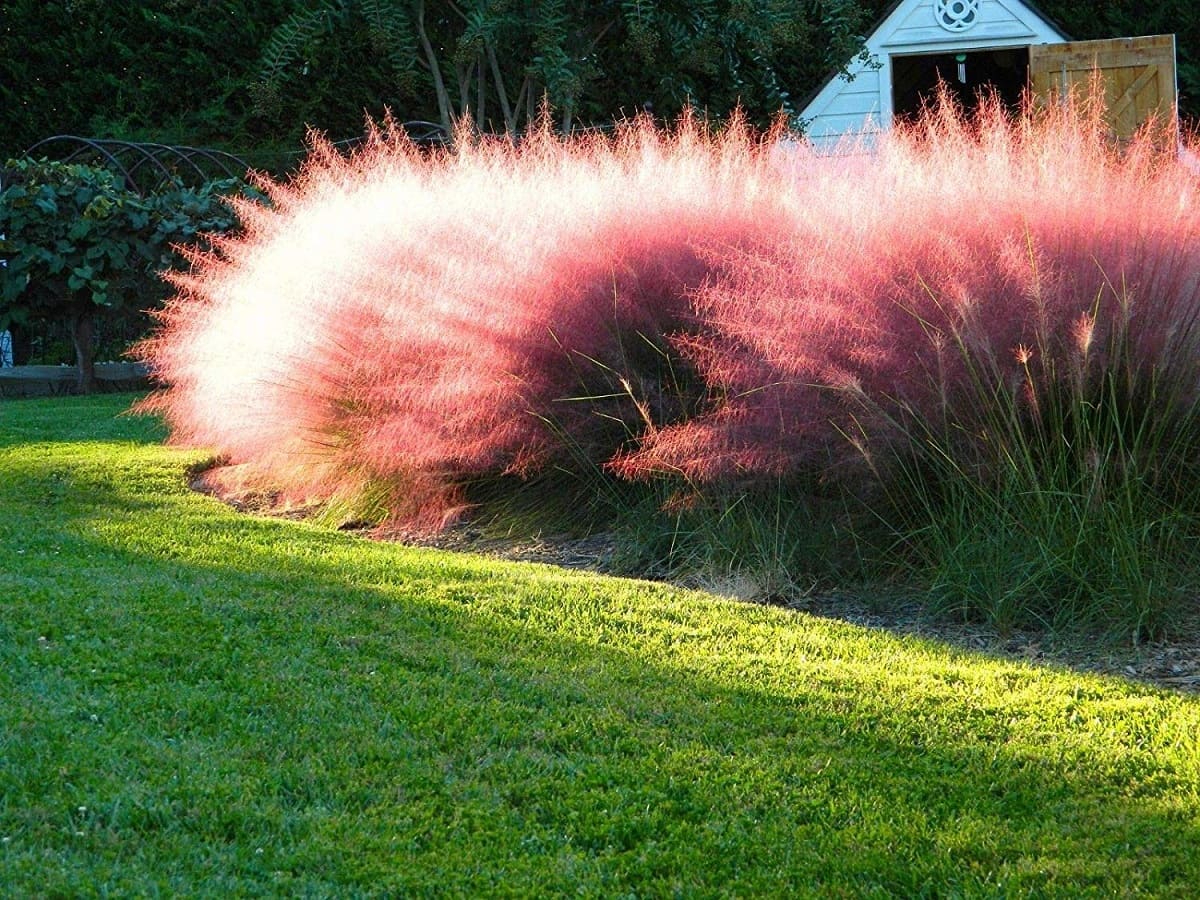

Landscaping Ideas
How Tall Does Pink Muhly Grass Get
Modified: August 24, 2024
Discover landscaping ideas and learn how tall pink muhly grass can get. Create stunning outdoor spaces with this beautiful ornamental grass.
(Many of the links in this article redirect to a specific reviewed product. Your purchase of these products through affiliate links helps to generate commission for Storables.com, at no extra cost. Learn more)
Introduction
Are you looking to add a touch of ethereal beauty to your landscape? Pink Muhly Grass, scientifically known as Muhlenbergia capillaris, is a stunning ornamental grass that can elevate the aesthetic appeal of any outdoor space. With its delicate, feathery pink plumes and graceful, swaying demeanor, this native American grass has gained immense popularity among gardeners, landscapers, and nature enthusiasts.
Pink Muhly Grass is renowned for its captivating display of vibrant pink blooms, which emerge in late summer and persist throughout the fall. Its ethereal appearance and low-maintenance nature make it a sought-after choice for adding visual interest and texture to gardens, borders, and open landscapes. Whether you're a seasoned gardener or a novice enthusiast, this article will provide you with comprehensive insights into the characteristics, ideal growing conditions, maintenance requirements, and common uses of Pink Muhly Grass, empowering you to make informed decisions about incorporating this stunning grass into your outdoor oasis. Let's embark on a journey to discover the enchanting world of Pink Muhly Grass and unlock the secrets to cultivating a mesmerizing landscape masterpiece.
Key Takeaways:
- Pink Muhly Grass, with its delicate pink plumes and compact growth, adds a whimsical touch to gardens and landscapes. It thrives in full sun, well-drained soil, and requires minimal maintenance, making it a versatile and enchanting choice for outdoor spaces.
- This resilient ornamental grass is a stunning addition to garden borders, naturalistic landscapes, and wildlife habitats. Its drought tolerance, seasonal color transformation, and ecological contributions make it a captivating and sustainable option for enhancing the beauty and vibrancy of outdoor environments.
Read more: How Big Does Pink Muhly Grass Get
Characteristics of Pink Muhly Grass
Pink Muhly Grass is celebrated for its enchanting attributes that contribute to its widespread allure. As a clump-forming, warm-season perennial grass, it showcases a plethora of distinctive characteristics that set it apart as a captivating ornamental plant.
- Feathery Pink Plumes: One of the most striking features of Pink Muhly Grass is its profusion of delicate, airy pink plumes that emerge in late summer, creating a mesmerizing display of color and texture. These ethereal inflorescences gracefully sway in the gentlest breeze, infusing the landscape with a sense of movement and whimsy.
- Fine Textured Foliage: The foliage of Pink Muhly Grass consists of fine, thread-like blades that form dense, billowing mounds, adding a sense of softness and elegance to the overall appearance of the plant. The foliage exhibits a vibrant green hue during the growing season, providing a beautiful backdrop for the spectacular pink blooms.
- Compact Growth Habit: This ornamental grass typically reaches a height of 2 to 3 feet, with a similar spread, creating a compact and well-behaved silhouette that is ideal for various landscaping applications. Its manageable size makes it suitable for small to medium-sized gardens, containers, and mixed borders.
- Seasonal Color Transformation: Throughout the year, Pink Muhly Grass undergoes a captivating transformation, offering visual interest in every season. In spring and early summer, the vibrant green foliage serves as a lush focal point, while the emergence of the iconic pink plumes in late summer heralds the onset of its breathtaking floral display.
- Drought Tolerance: Pink Muhly Grass exhibits excellent drought tolerance once established, making it an ideal choice for landscapes characterized by dry or arid conditions. Its ability to thrive in challenging environments adds to its appeal as a resilient and versatile ornamental grass.
These remarkable characteristics collectively contribute to the allure of Pink Muhly Grass, making it a beloved addition to diverse outdoor settings. Whether used as a focal point in a garden bed, a textural accent in a mixed border, or a mass planting for a dramatic visual impact, this enchanting grass never fails to captivate with its unique attributes and seasonal charm.
Ideal Growing Conditions for Pink Muhly Grass
Creating an optimal environment for Pink Muhly Grass is essential to ensure its vigorous growth, prolific blooming, and overall vitality. By understanding its preferred growing conditions, you can cultivate a thriving landscape adorned with the enchanting beauty of this ornamental grass.
- Sunlight: Pink Muhly Grass flourishes in full sun, basking in at least 6 to 8 hours of direct sunlight per day. Adequate sun exposure is crucial for promoting robust growth, enhancing the development of its iconic pink plumes, and intensifying the visual impact of this captivating grass.
- Soil Quality: Well-drained soil is paramount for the successful cultivation of Pink Muhly Grass. It thrives in moderately fertile, sandy or loamy soils with good drainage, preventing waterlogged conditions that can compromise its health. Amending heavy clay soils with organic matter can improve drainage and create an ideal growing medium for this resilient grass.
- Moisture Levels: While Pink Muhly Grass exhibits exceptional drought tolerance once established, consistent moisture is beneficial during its initial establishment phase. Adequate irrigation is crucial to support strong root development and ensure the plant’s ability to withstand dry spells in the long run. Once mature, it can withstand periods of moderate drought without compromising its ornamental appeal.
- Climate Adaptability: This ornamental grass thrives in a wide range of climates, including regions with hot summers and mild winters. Its adaptability to diverse climatic conditions makes it a versatile choice for landscapes across various hardiness zones, from USDA zones 6 to 9, where it can grace gardens with its enchanting presence.
- Space and Air Circulation: When selecting a site for planting Pink Muhly Grass, ensure ample space for the mature dimensions of the plant and promote good air circulation to prevent the risk of fungal diseases. Adequate spacing between individual plants allows for unrestricted growth and ensures that the captivating plumes can sway gracefully in the breeze, adding to the visual allure of the landscape.
By providing Pink Muhly Grass with the ideal growing conditions, you can nurture a flourishing and resplendent display of this enchanting ornamental grass, enriching your outdoor space with its ethereal beauty and captivating allure.
Pink Muhly Grass typically grows to be about 2-3 feet tall, making it a great choice for adding texture and color to your garden or landscape.
Maintenance and Care for Pink Muhly Grass
Embracing Pink Muhly Grass in your landscape not only introduces a captivating visual spectacle but also offers the advantage of minimal maintenance requirements. By following simple care practices, you can ensure the continued health and beauty of this stunning ornamental grass, allowing it to thrive and enchant with its vibrant pink plumes season after season.
- Pruning and Trimming: In late winter or early spring, it’s beneficial to trim back the previous year’s growth of Pink Muhly Grass to encourage fresh, vigorous growth and promote the development of new plumes. Using sharp, clean pruners, trim the grass to a height of 4 to 6 inches above the ground, removing any damaged or discolored foliage to rejuvenate the plant for the upcoming growing season.
- Fertilization: Pink Muhly Grass is modest in its nutritional needs and generally thrives without regular fertilization. However, applying a balanced, slow-release fertilizer in early spring can provide a gentle boost to the plant’s growth and vigor. Opt for a fertilizer with a balanced NPK ratio, such as 10-10-10, and follow the manufacturer’s recommendations for application rates.
- Dividing and Replanting: Over time, Pink Muhly Grass may benefit from periodic division to maintain its vigor and prevent overcrowding. Dividing the clumps every 3 to 4 years in early spring not only rejuvenates the plant but also presents an opportunity to propagate new specimens for expanding its presence in the landscape or sharing its beauty with fellow gardening enthusiasts.
- Weed Control: To promote the unhindered growth of Pink Muhly Grass and prevent competition for resources, it’s essential to keep its growing area free from invasive weeds. Regularly inspect the vicinity of the grass and promptly remove any weeds that may encroach upon its space, ensuring that it has ample room to flourish and showcase its enchanting plumes without impediments.
- Winter Protection: While Pink Muhly Grass exhibits excellent cold hardiness, providing a layer of mulch around the base of the plant in late fall can offer a measure of protection during harsh winter conditions. A 2- to 3-inch layer of organic mulch, such as shredded bark or compost, helps insulate the roots, retain moisture, and safeguard the plant from temperature fluctuations.
By adhering to these straightforward maintenance practices, you can preserve the health and vitality of Pink Muhly Grass, ensuring that it continues to bedazzle your landscape with its resplendent pink plumes and graceful demeanor, season after season.
Common Uses for Pink Muhly Grass
The versatility and captivating beauty of Pink Muhly Grass render it a favored choice for a myriad of landscaping and garden design applications. Whether utilized as a standalone focal point or integrated into diverse planting schemes, this enchanting ornamental grass offers an array of common uses that elevate the visual allure and textural richness of outdoor spaces.
- Garden Borders and Edging: The feathery pink plumes and fine-textured foliage of Pink Muhly Grass impart a sense of softness and elegance, making it an ideal candidate for embellishing garden borders and edging. Whether framing flower beds, lining pathways, or accentuating hardscape features, the graceful demeanor of this ornamental grass adds a whimsical and enchanting touch to the landscape.
- Mass Plantings and Naturalistic Landscapes: When planted en masse, Pink Muhly Grass creates a breathtaking visual spectacle, especially when the ethereal pink plumes emerge in late summer, casting a dreamy pink haze across the landscape. Its compact growth habit and captivating floral display make it a compelling choice for adorning meadows, open fields, and naturalistic landscapes with its enchanting presence.
- Container Gardens and Patio Displays: The compact size and ornamental charm of Pink Muhly Grass make it well-suited for container gardening and patio displays. Whether showcased in decorative pots on patios, terraces, or balconies, this captivating grass adds a touch of whimsy and movement to outdoor living spaces, infusing them with a sense of natural elegance and visual interest.
- Wildlife Gardens and Pollinator Habitats: Pink Muhly Grass contributes to the ecological richness of outdoor environments by providing shelter and foraging opportunities for various wildlife species. Its airy plumes and dense foliage offer nesting sites for birds, while the nectar-rich blooms attract pollinators such as butterflies and bees, fostering a thriving ecosystem within wildlife gardens and pollinator habitats.
- Drought-Tolerant Landscapes and Xeriscaping: Given its exceptional drought tolerance and minimal water requirements once established, Pink Muhly Grass is a valuable addition to drought-tolerant landscapes and xeriscaping projects. Its resilience in arid conditions, coupled with its stunning visual appeal, makes it a sustainable and water-wise choice for enhancing the beauty of landscapes with limited irrigation resources.
By incorporating Pink Muhly Grass into these common uses, you can harness its enchanting beauty and textural allure to transform outdoor spaces into captivating havens of natural elegance, visual charm, and ecological vibrancy, showcasing the enduring appeal of this beloved ornamental grass.
Read more: When To Prune Pink Muhly Grass
Conclusion
As we conclude our exploration of Pink Muhly Grass, we have delved into the enchanting world of this captivating ornamental grass, uncovering its ethereal beauty, versatile uses, and simple yet effective care requirements. From its feathery pink plumes and fine-textured foliage to its resilience in diverse growing conditions, Pink Muhly Grass stands as a testament to the enduring allure of ornamental grasses in the landscape.
By understanding the characteristics, ideal growing conditions, maintenance practices, and common uses of Pink Muhly Grass, you are equipped with the knowledge to embrace this enchanting grass as a focal point in your garden, a textural accent in your landscape, or a sustainable choice for water-wise gardening endeavors. Its ability to captivate with its seasonal charm, provide ecological benefits, and elevate the visual appeal of outdoor spaces underscores its significance as a beloved addition to diverse landscapes.
Whether adorning garden borders with its soft, billowing plumes, gracing naturalistic landscapes with its dreamy pink haze, or enriching wildlife habitats with its ecological contributions, Pink Muhly Grass embodies a harmonious blend of ornamental allure and environmental stewardship. Its effortless elegance and minimal maintenance requirements make it an ideal choice for both seasoned gardeners and novice enthusiasts seeking to infuse their outdoor spaces with natural beauty and visual charm.
As you embark on your journey to incorporate Pink Muhly Grass into your landscape, may the ethereal allure of this enchanting ornamental grass inspire moments of tranquility, wonder, and natural splendor, weaving a tapestry of timeless beauty in the outdoor oasis you call your own.
Frequently Asked Questions about How Tall Does Pink Muhly Grass Get
Was this page helpful?
At Storables.com, we guarantee accurate and reliable information. Our content, validated by Expert Board Contributors, is crafted following stringent Editorial Policies. We're committed to providing you with well-researched, expert-backed insights for all your informational needs.
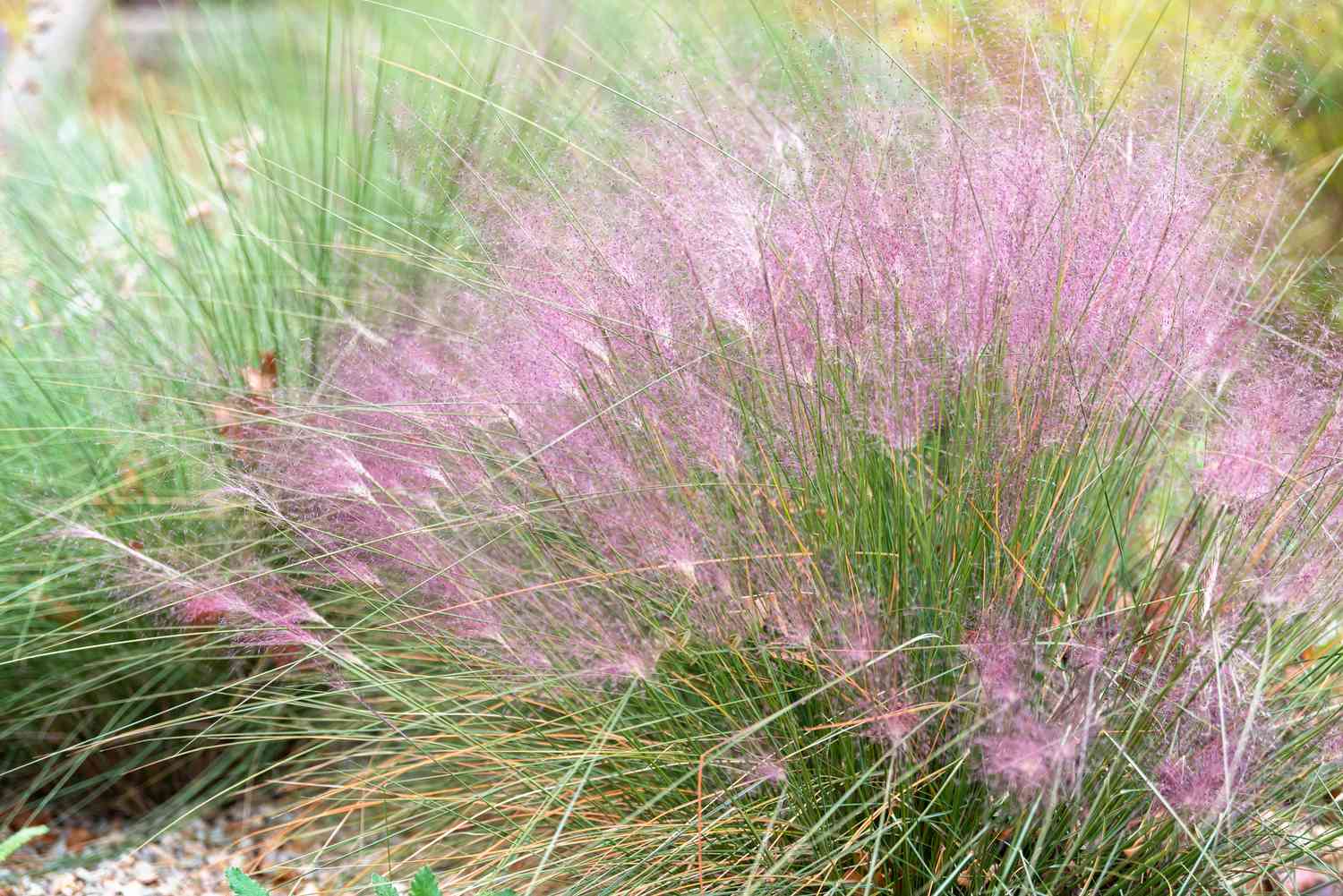
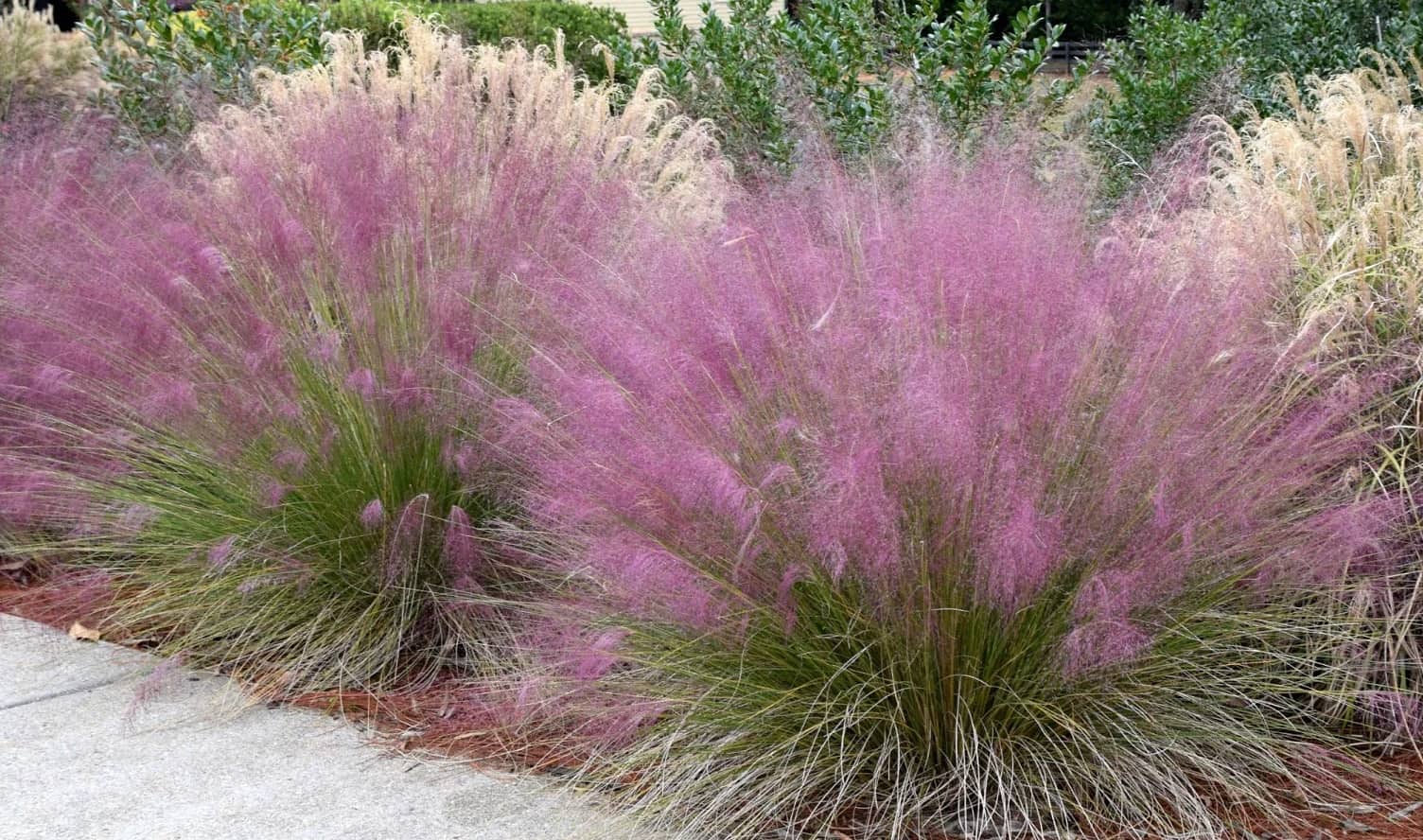
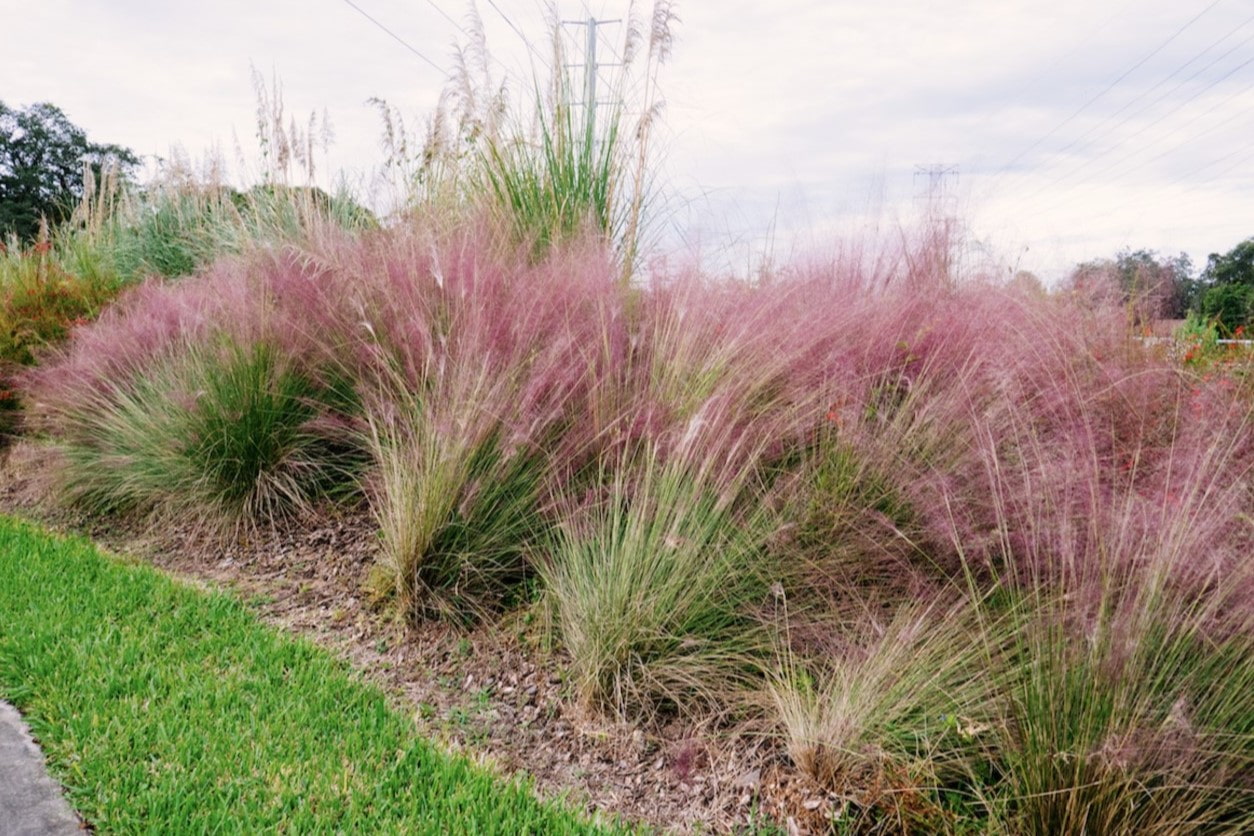
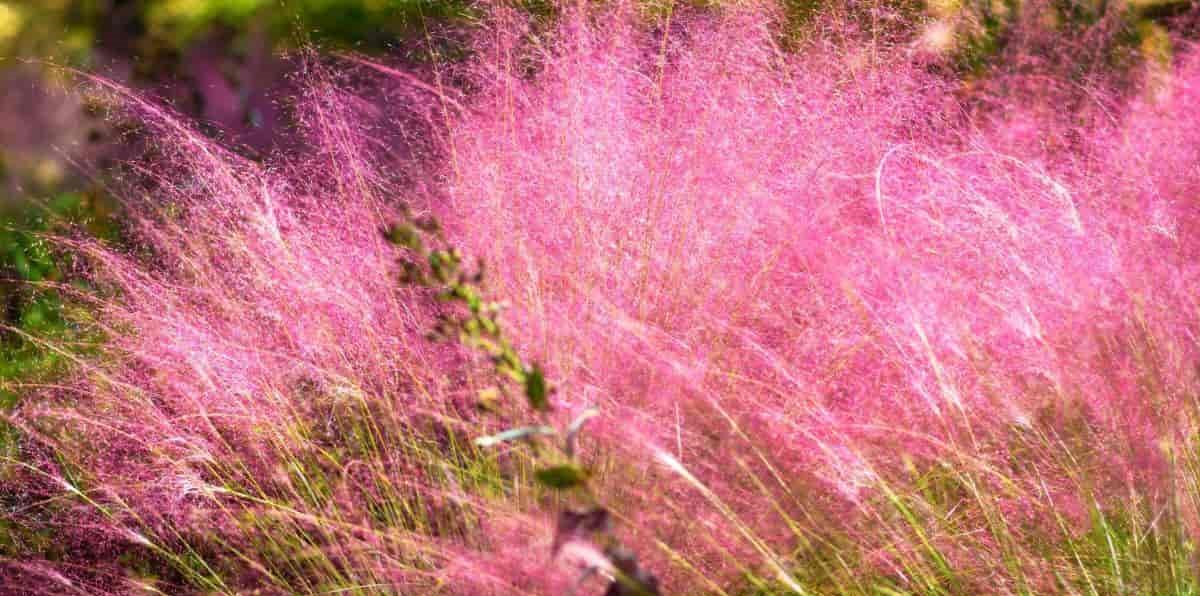
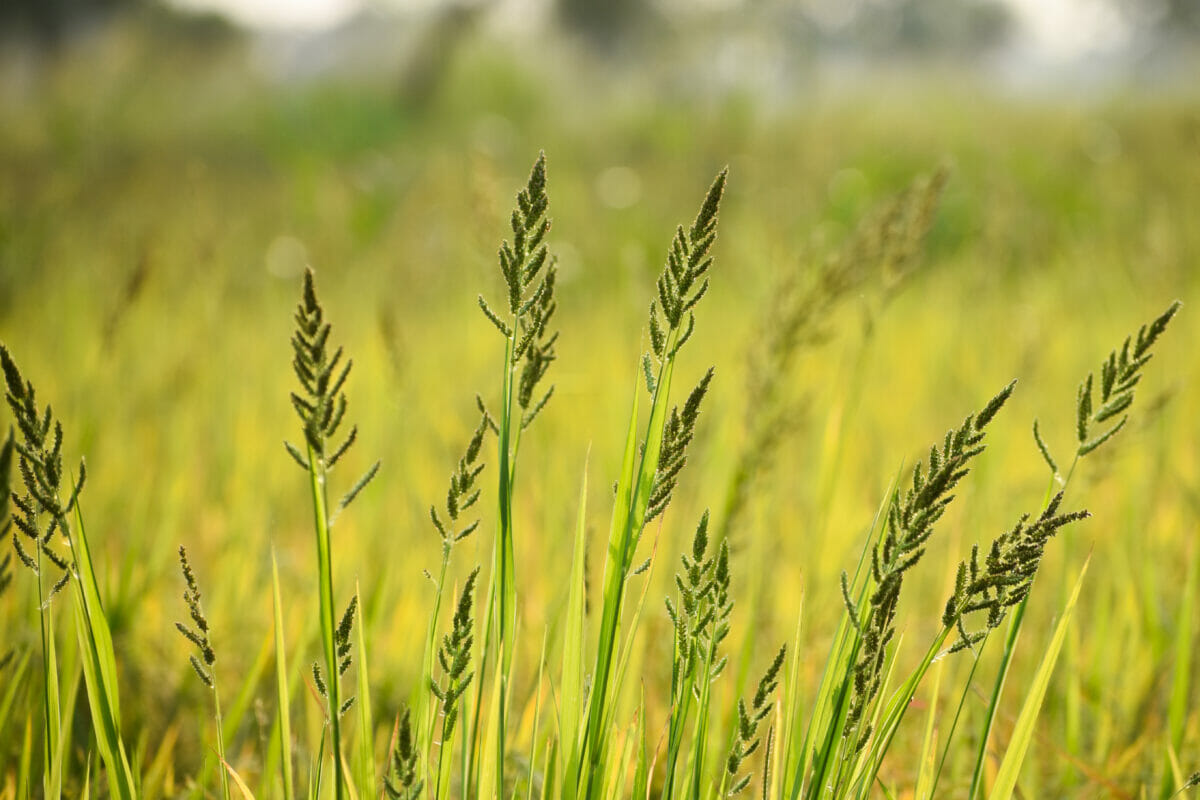
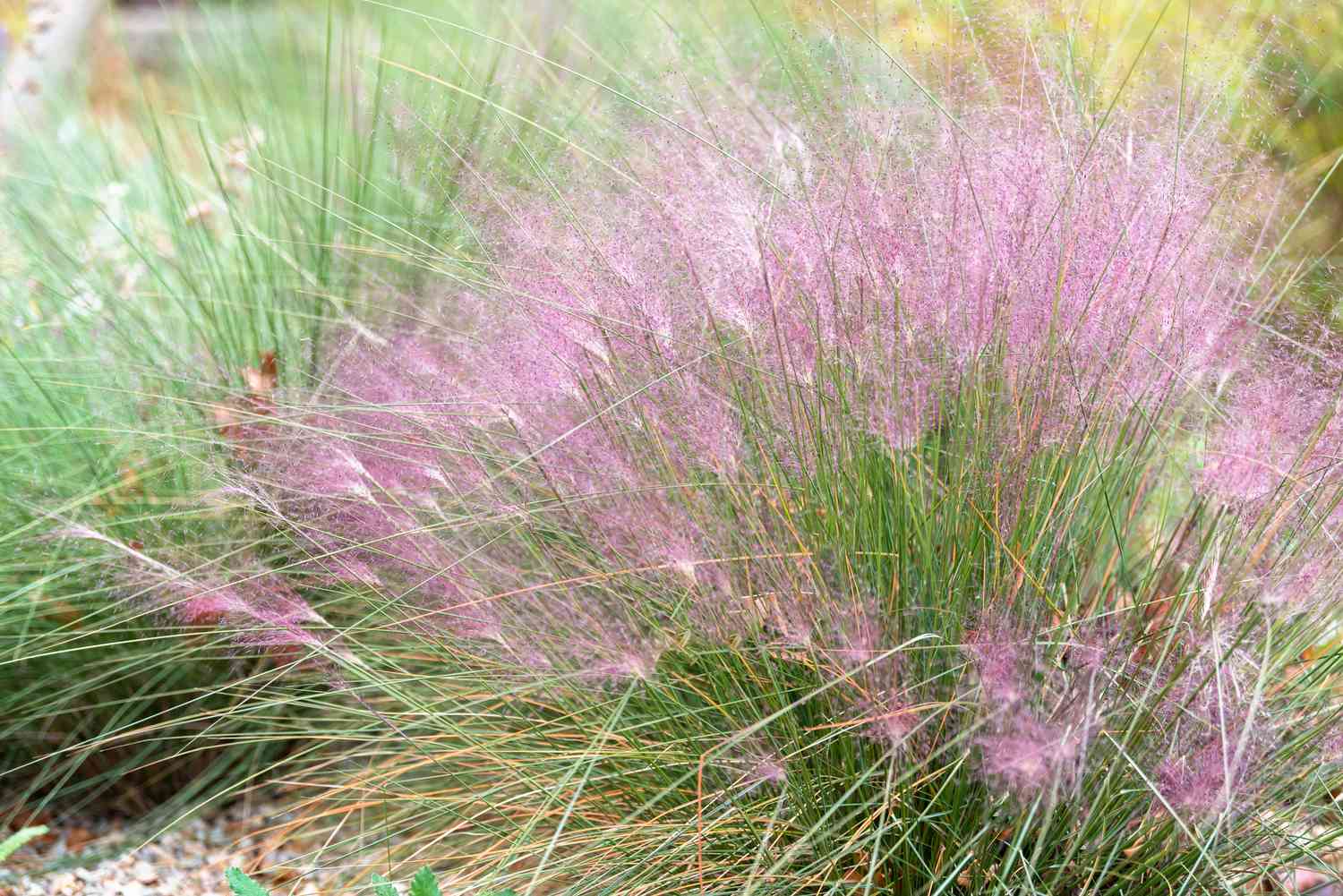
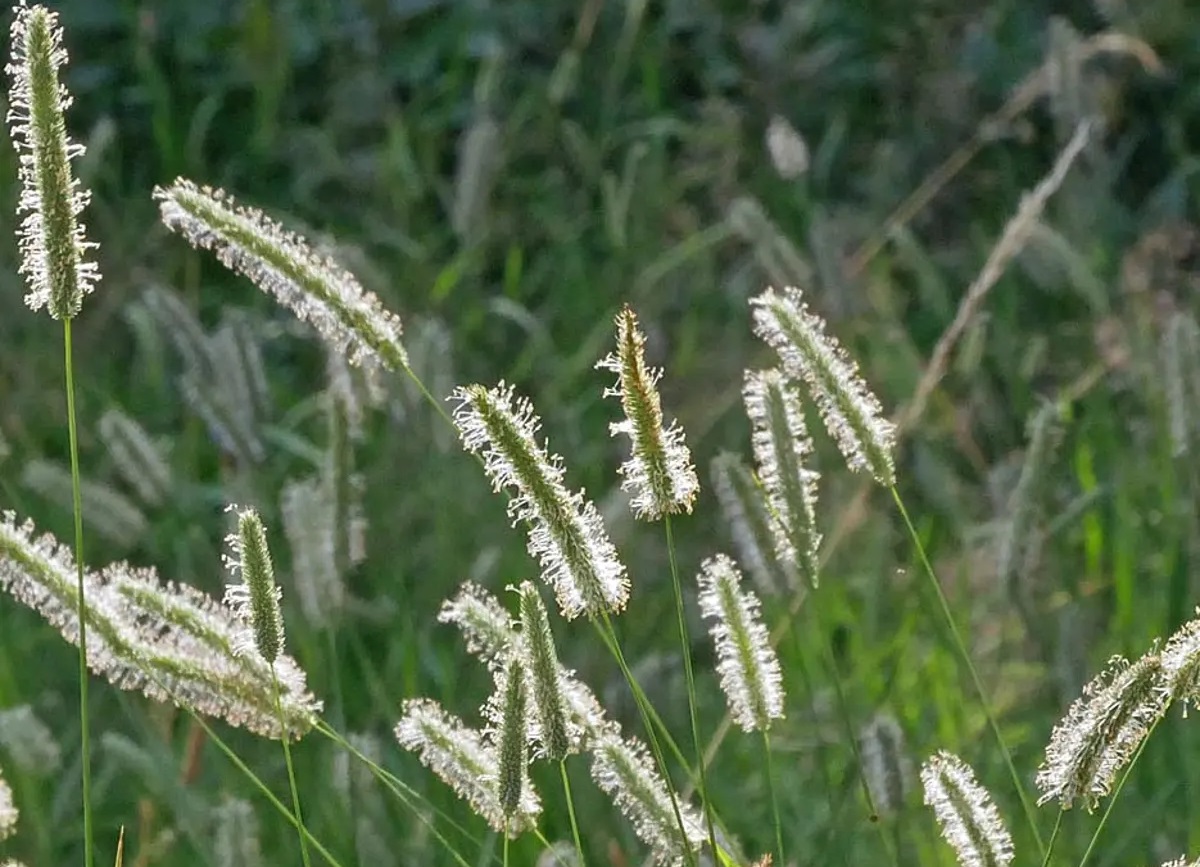
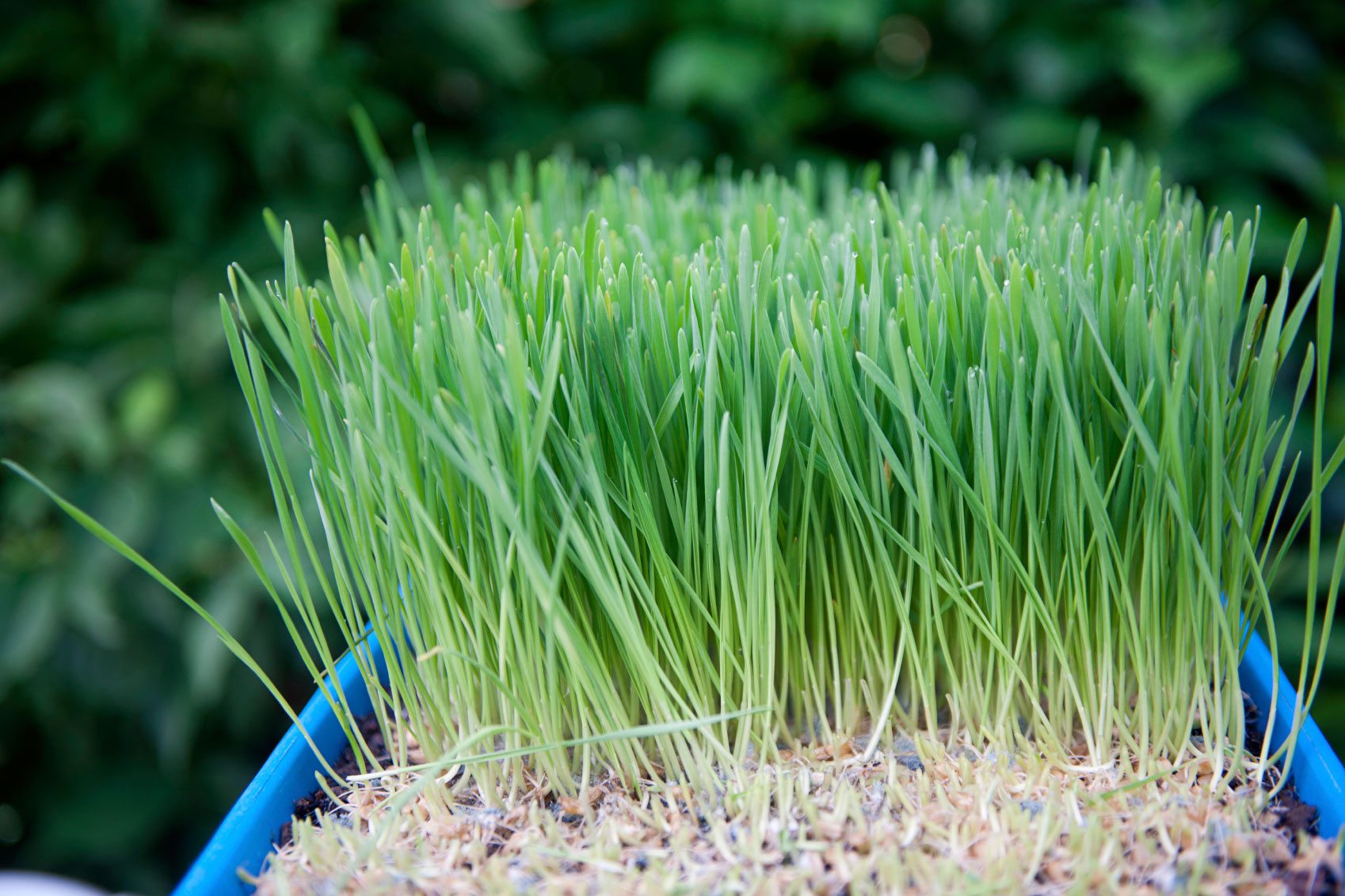
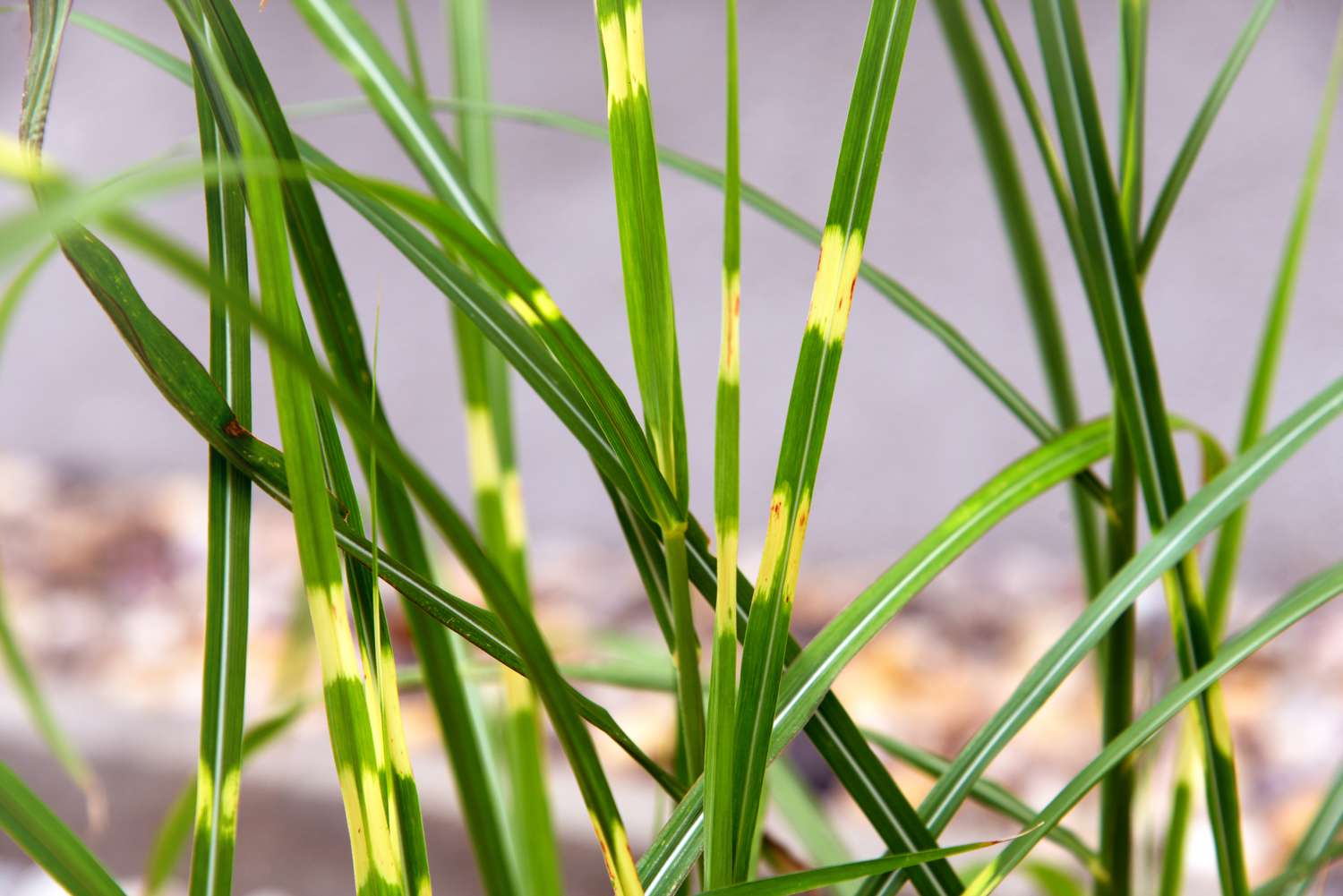
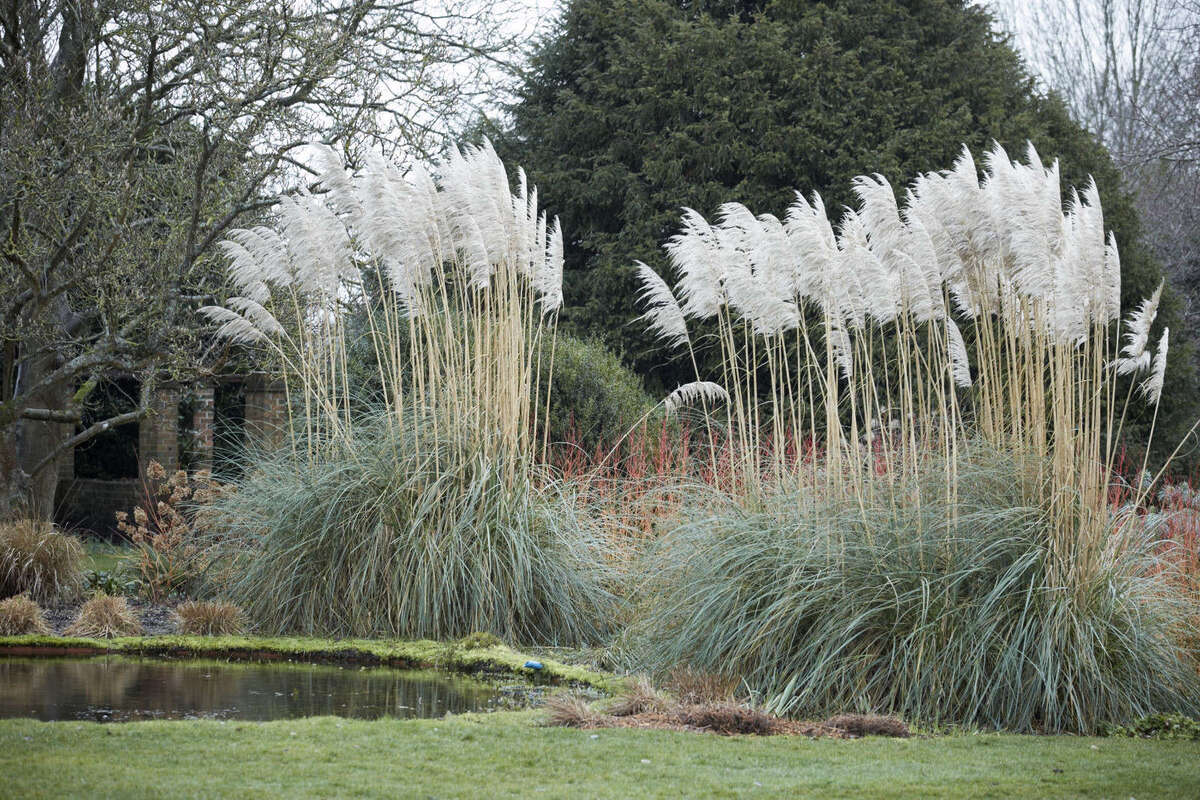
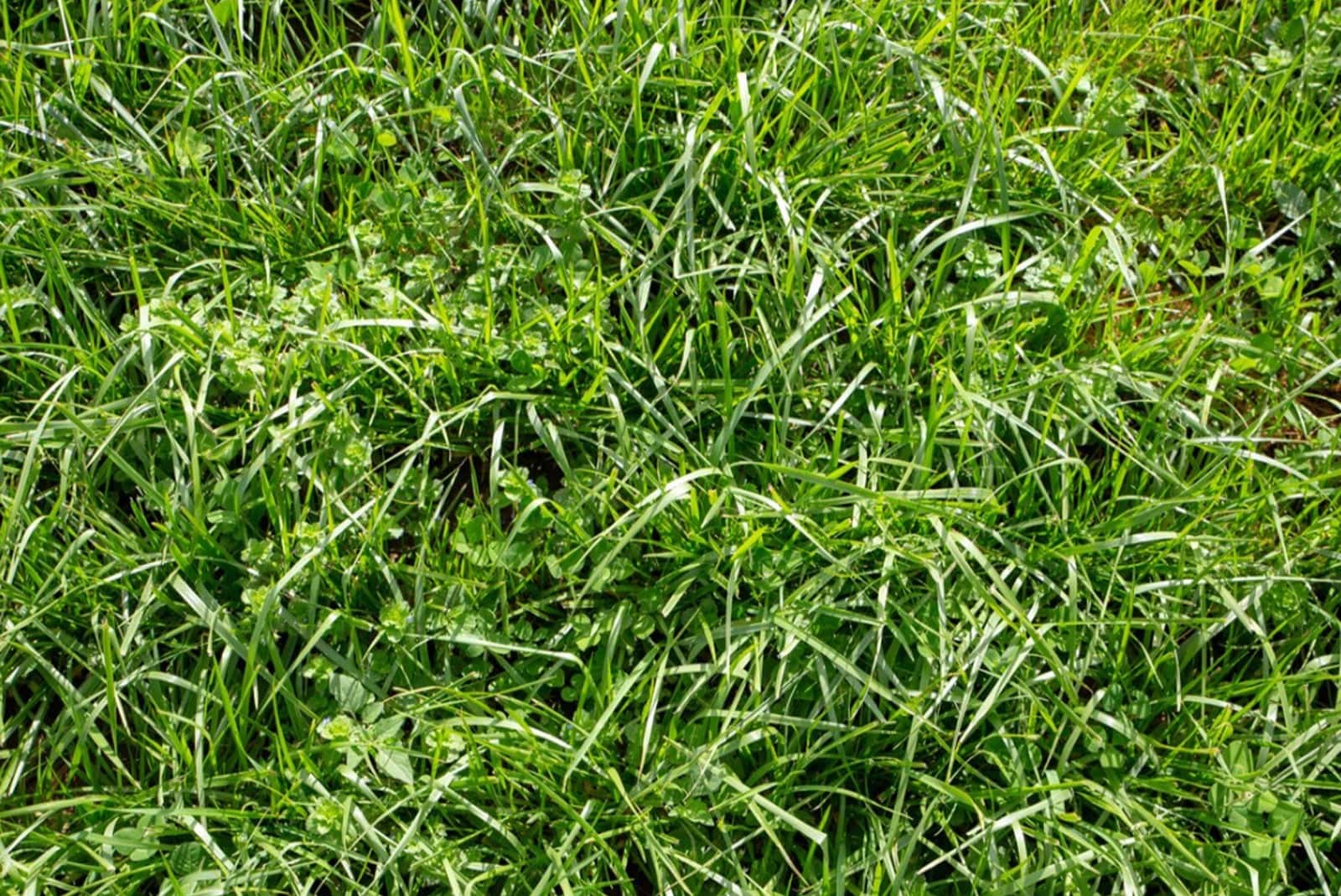
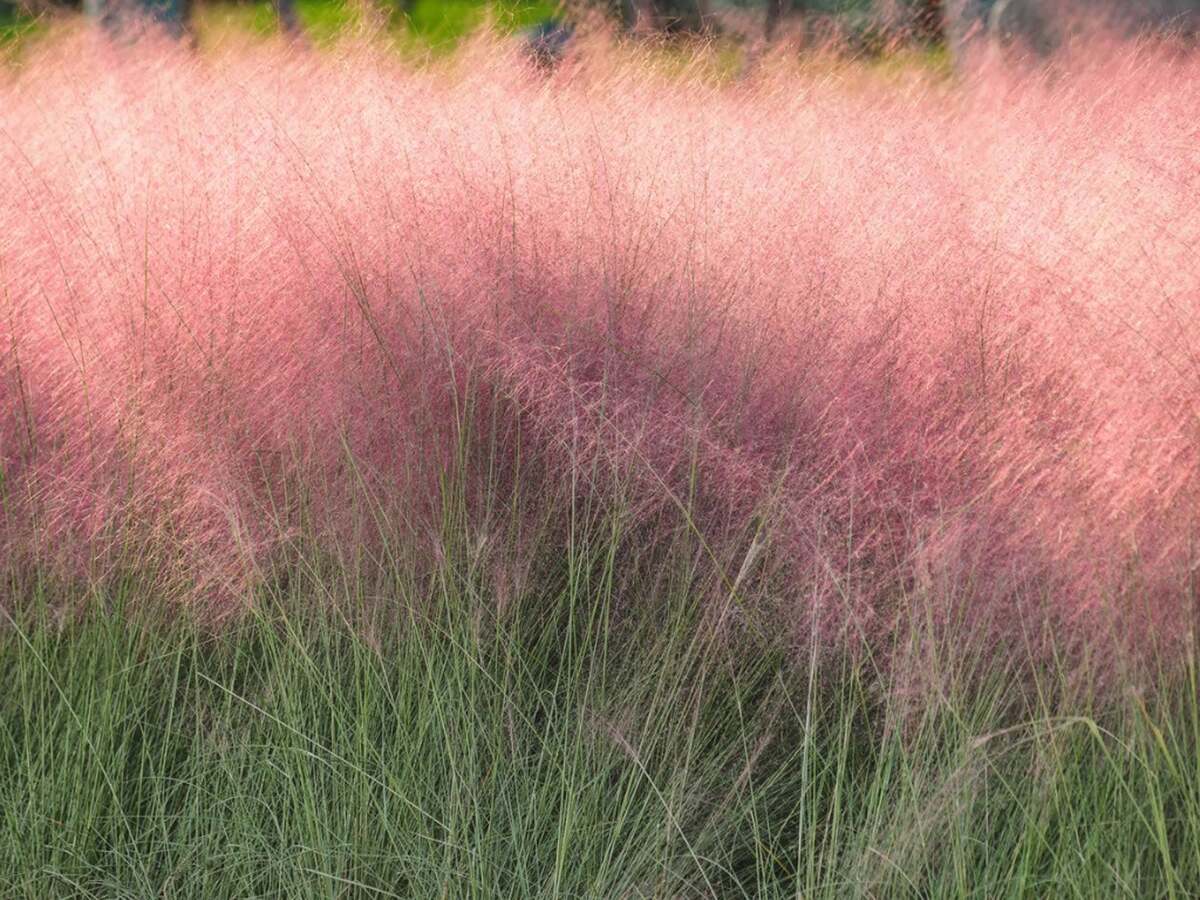
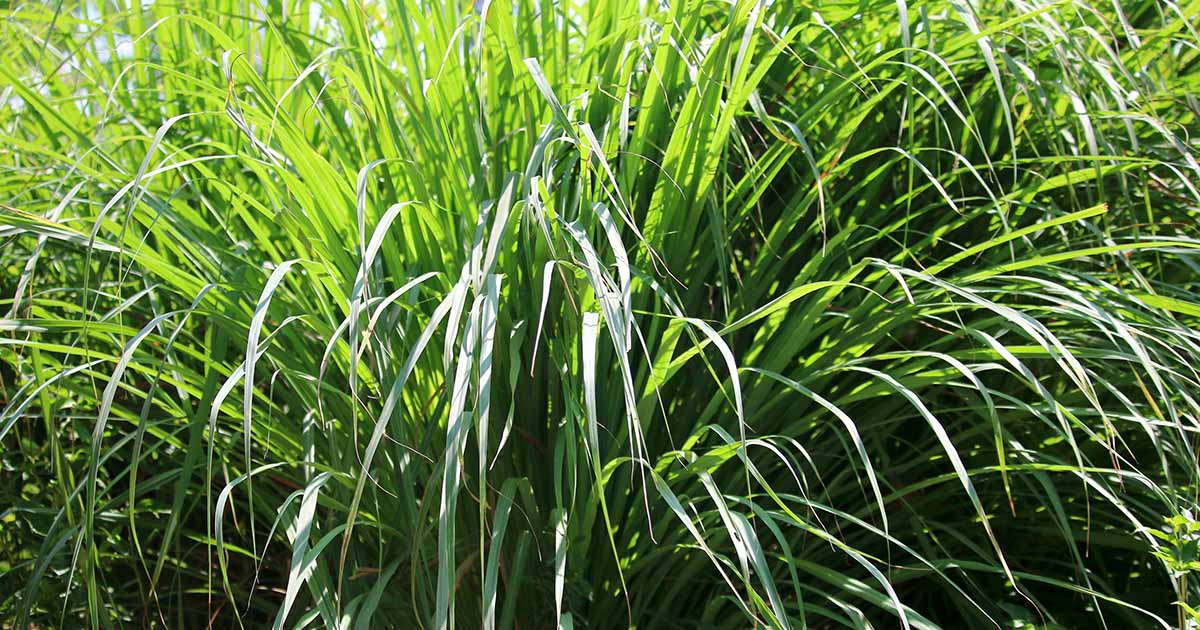
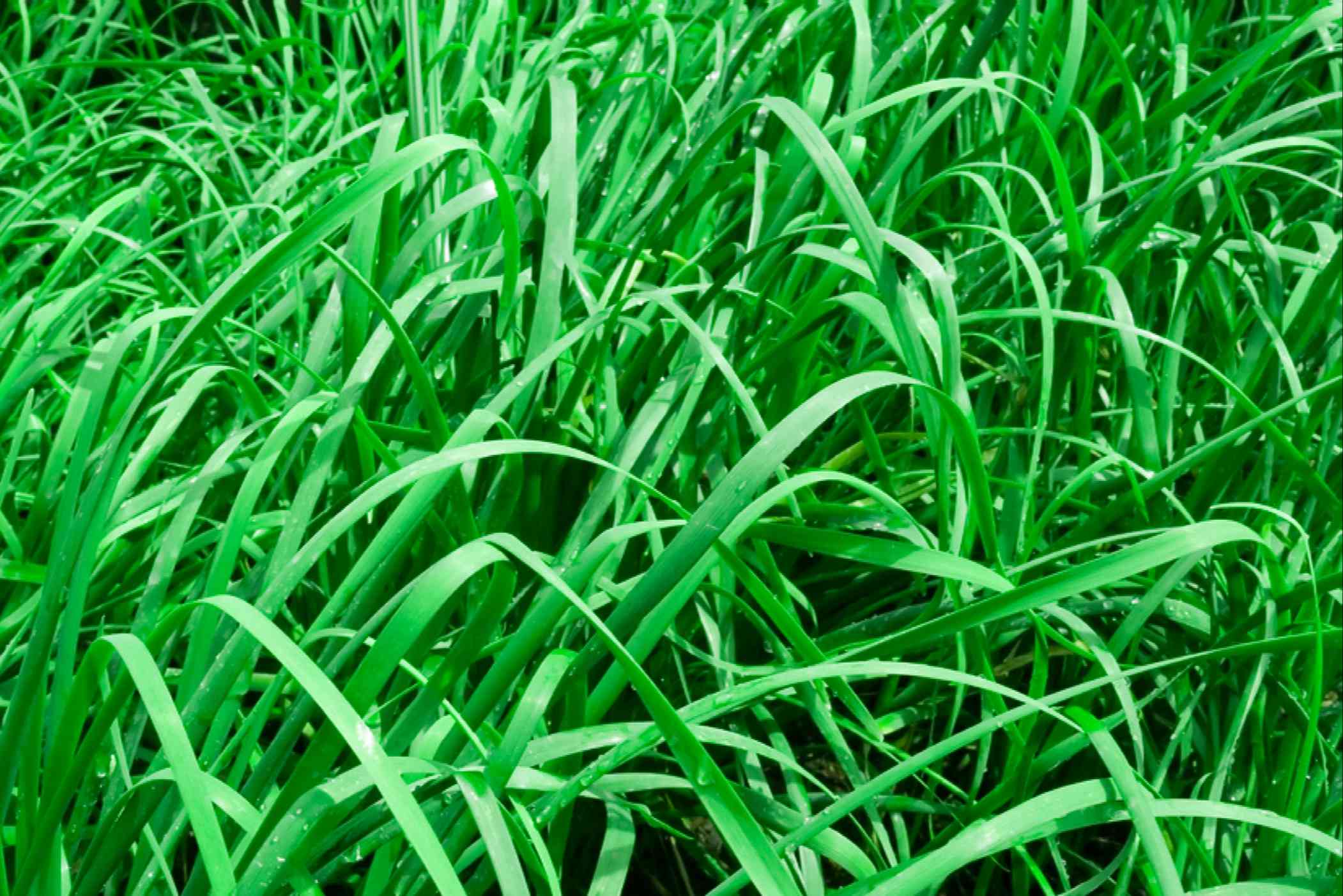

0 thoughts on “How Tall Does Pink Muhly Grass Get”